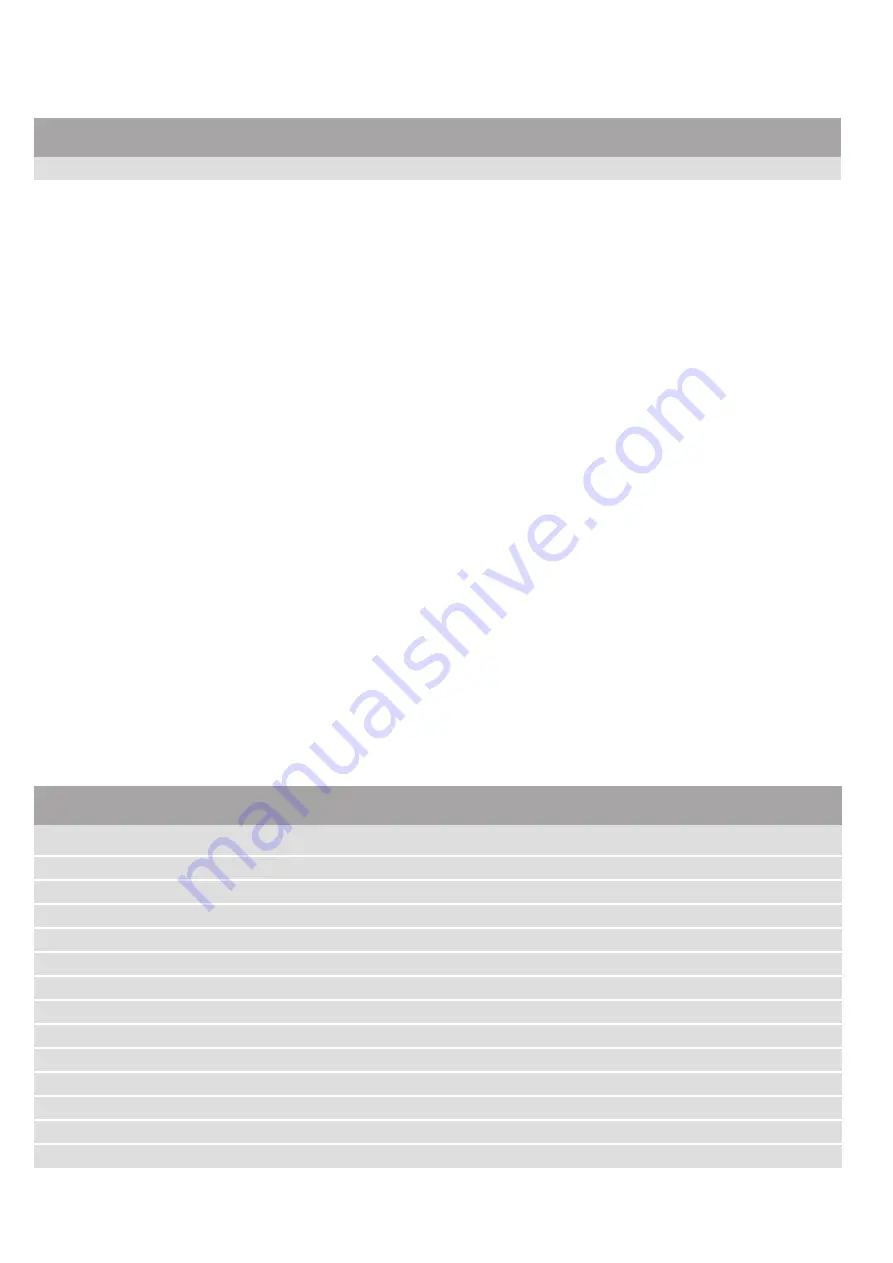
Tested for you in our cooking studio
en
45
Type of heating used:
■
Œ
Dough proving
Eco types of heating
Hot air eco and Top/bottom heating eco are intelligent
heating types for the gentle preparation of meat, fish
and pastries. The appliance optimally controls the
supply of energy to the cooking compartment. The food
is prepared in phases using residual heat. This means
that it remains more succulent and browns less. Energy
can be saved, depending on the preparation and food.
Place the food into the empty cooking compartment
before it has heated up. Always keep the appliance
door closed when cooking.
Remove unused accessories from the cooking
compartment. This will allow you to achieve optimum
cooking results and save energy.
Only use original accessories supplied with your
appliance. These have been tailored to the cooking
compartment and the operating modes of your
appliance.
Accessories
Ensure that you always use suitable accessories and
that they are placed in the oven the right way around.
Wire rack
Slide the wire rack in with the embossed "microwave"
facing the appliance door, and the curved lip pointing
downwards. Always place ovenware, tins and dishes on
the wire rack.
Universal pan or baking tray
Slide the universal pan or the baking tray in carefully as
far as the limit stop with the bevelled edge facing the
appliance door.
Baking tins and cookware
Dark- coloured metal baking tins are most suitable.
These allow you to make energy savings of up to 35
per cent.
Cookware made from stainless steel or aluminium
reflects heat like a mirror. Non-reflective cookware
made from enamel, heat-resistant glass or coated, die-
cast aluminium is more suitable.
Tinplate baking tins, ceramic dishes or glass dishes
prolong baking time, and the cake will not brown so
evenly.
Greaseproof paper
Only use greaseproof paper that is suitable for the
selected temperature. Always cut greaseproof paper to
size.
Recommended setting values
Here, you can find specifications for various dishes. The
temperature and baking time depend on the
consistency and amount of the dough. Settings ranges
are indicated for this reason. Try with the lower values
first. A lower temperature results in more even
browning. You can increase the temperature next time if
necessary.
Note:
Baking times can not be reduced by using higher
temperatures. Cakes or baked items would only be
cooked on the outside, but would not be fully cooked in
the middle.
Types of heating used:
■
ž
Hot air Eco
■
‘
Top/bottom heating Eco
Dish
Cookware
Shelf position
Type of
heating
Tempera-
ture in °C
Cooking
time in hours
Yoghurt
individual moulds
cooking compartment floor
Œ
40-45
8-9
Dish
Accessories/cookware
Shelf po-
sition
Type of
heating
Tempera-
ture in °C
Cooking
time in mins.
Baking
Victoria sponge cake
2x Ø20 cm tins
1
ž
170-180
25-35
Light fruit cake
high Ø20 cm tin
1
ž
150-170
70-90
Rich Fruit Cake
high Ø23 cm tin
1
ž
140-160
120-180
Fruit crumble
flat glass dish
1
ž
160-180
40-60
Sponge cake (fatless), 3 eggs
springform cake tin, Ø26 cm
1
ž
160-170
25-35
Swiss Roll
swiss roll tin
1
ž
180-200
10-20
Fruit Pie
plate Ø20 cm or pie tin
1
ž
170-190
60-75
Quiche
quiche tin (dark coated)
1
ž
190-210
35-45
(White) Bread
loaf tin (1x 900 g or 2x 450 g)
1
ž
190-200
45-55
Scones
baking tray
1
ž
190-210
15-20
Biscuits
baking tray
2
ž
140-160
15-30
Jam tarts
12-cup-tin
1
ž
170-190
15-30
Soufflé
1,2 L-soufflé dish
1
ž
160-170
40-50












































